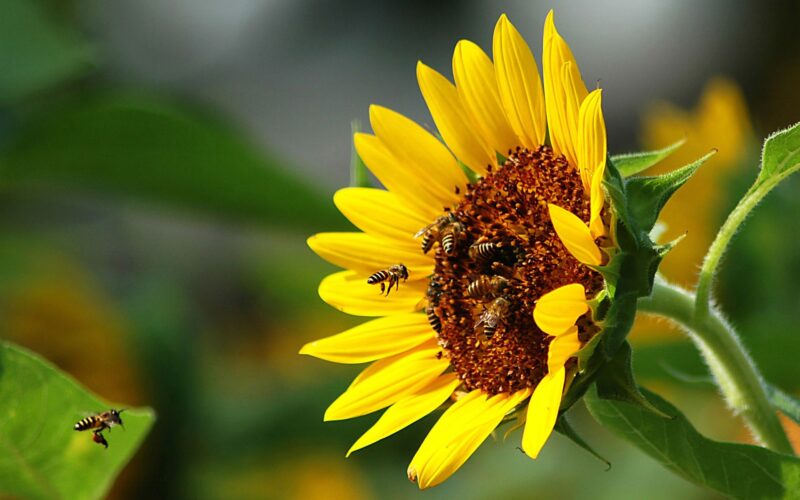A New Measure for Understanding Plant-Pollinator Relationships By Johnny Butterflyseed
Pollinators are the unsung heroes of our ecosystems, playing a critical role in the reproduction of countless plant species. From bees and butterflies to beetles and birds, these creatures ensure that plants can produce the seeds and fruits necessary for their survival—and ours. But how do we measure the effectiveness of different plants in supporting these vital pollinators? This is where the concept of “Pollinator Density” comes in.
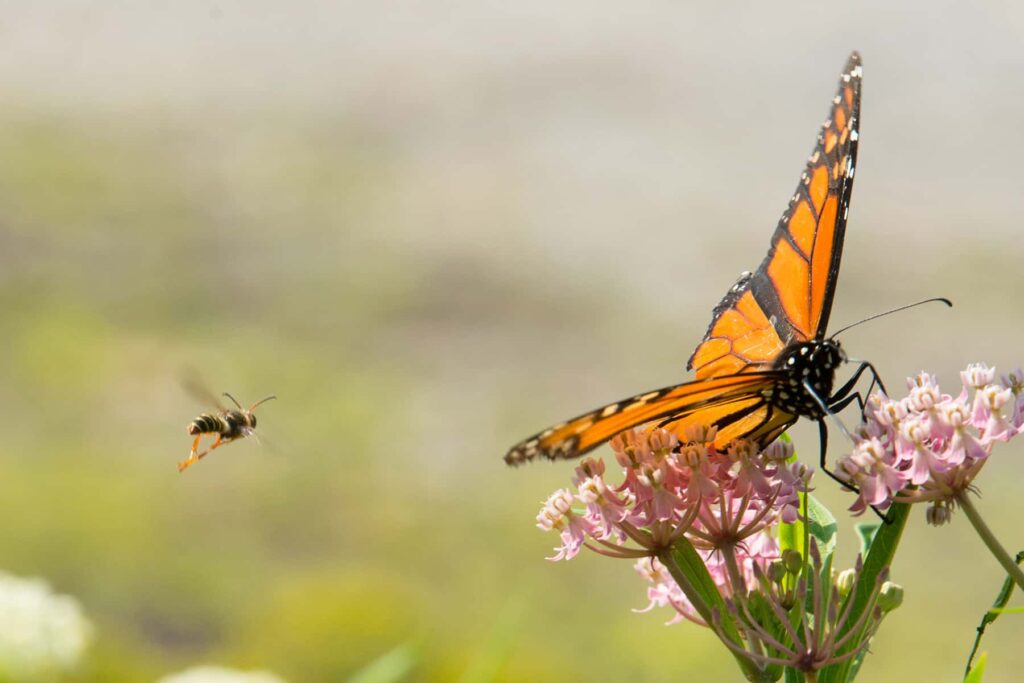
What is Pollinator Density?
Pollinator Density is a term I’ve coined to describe the capacity of any plant species to support pollinators. Simply put, it’s a measure of how many different pollinators a particular plant can attract and sustain in a given area. Unlike traditional approaches that might focus solely on the presence of pollinators, Pollinator Density provides a more dynamic understanding of the interaction between plants and their pollinator communities.
Why Pollinator Density Matters
Understanding Pollinator Density is crucial for several reasons:
- Ecosystem Health: High Pollinator Density indicates a thriving ecosystem where pollinators have access to the resources they need.
- Plant Selection for Gardens: For gardeners, especially those interested in supporting biodiversity, knowing which plants have a high Pollinator Density can guide their choices.
- Conservation Efforts: Conservationists can use Pollinator Density data to prioritize the protection and restoration of plant species that are critical for maintaining pollinator populations.
Measuring Pollinator Density
While measuring Pollinator Density requires careful study and biological expertise, there are methods that can provide reliable data:
1. Quadrat Method: The most accurate way to determine Pollinator Density is to count all the individuals within a specific area using a quadrat—a square frame used by biologists to define a sample area for study. This method involves painstakingly counting the number of different pollinators that visit the plant species within the quadrat over a set period of time.
2. Approximation by Spraying: For those who might not have access to advanced scientific tools, a simple approximation method can be used. By spraying an area of the plant species—such as Bidens alba, commonly known as Butterfly Needle—on a dry, sunny day, you can observe how many different pollinators rise from within and form a cloud around the plant. This “cloud” of pollinators can give you a rough idea of the plant’s Pollinator Density.
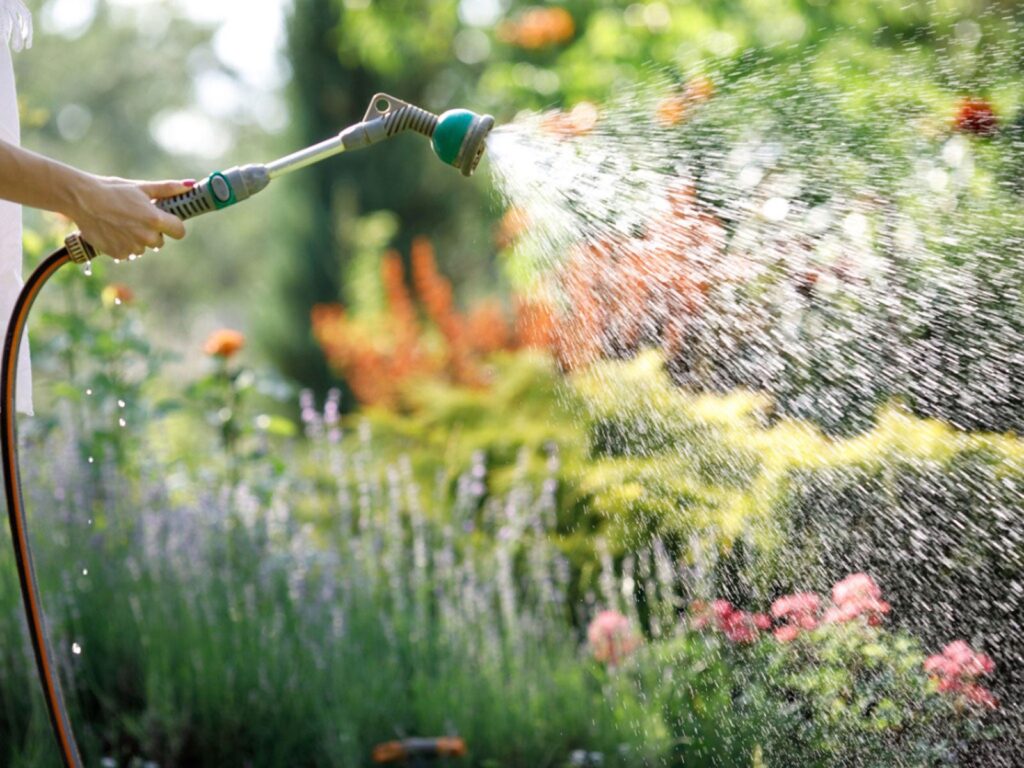
Examples
- Bidens alba: When Butterfly Needle is misted with a garden hose during the middle of a dry and sunny day, an extreme density of pollinators is often roused. This indicates a high Pollinator Density for Bidens alba, making it an excellent choice for gardens aiming to support a wide variety of pollinators.
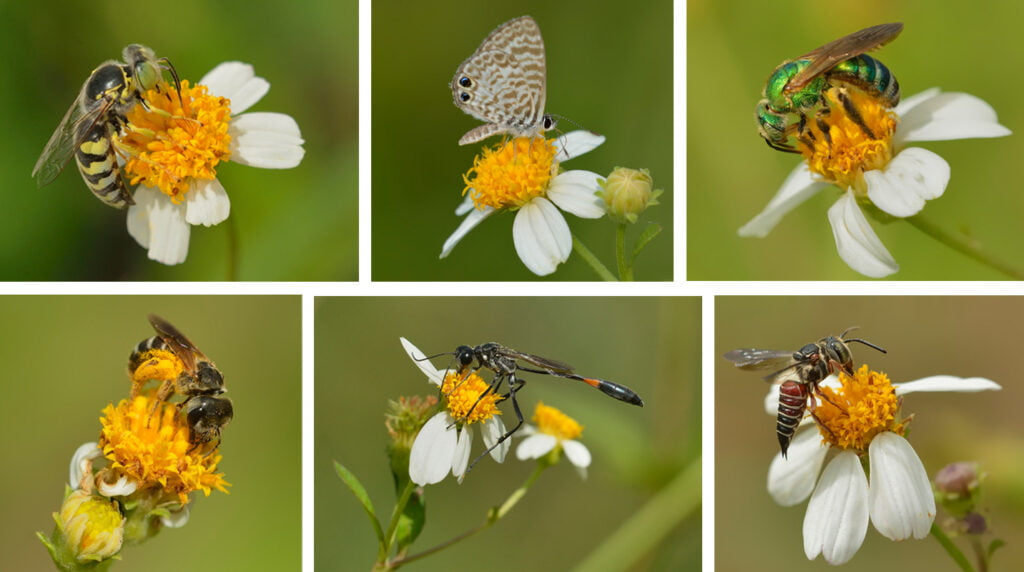
- Schefflera Arboricola: When the non-native Schefflera arboricola is misted with a garden hose, few if any pollinators emerge. That is because Schefflera Arboricola is not a significant nectar source, nor does it produce flowers that are particularly attractive to pollinators. The structure of its flowers, when they are present, does not provide the abundant nectar or pollen that pollinators seek. As a result, it simply does not support a diverse or abundant population of pollinators.
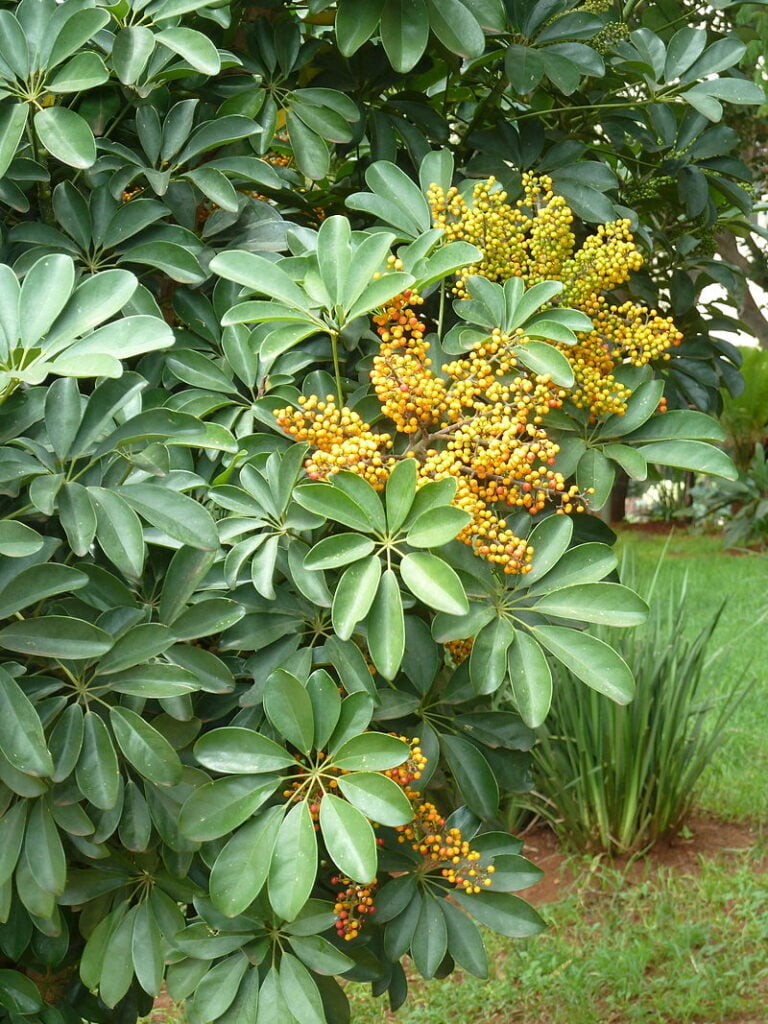
3. Recording and Analysis: For a more detailed and accurate count, consider recording the spraying process with a video camera. By analyzing the video frame by frame, you can get a solid count of the different pollinator species present. This method allows you to document the interactions and make more precise measurements of Pollinator Density.
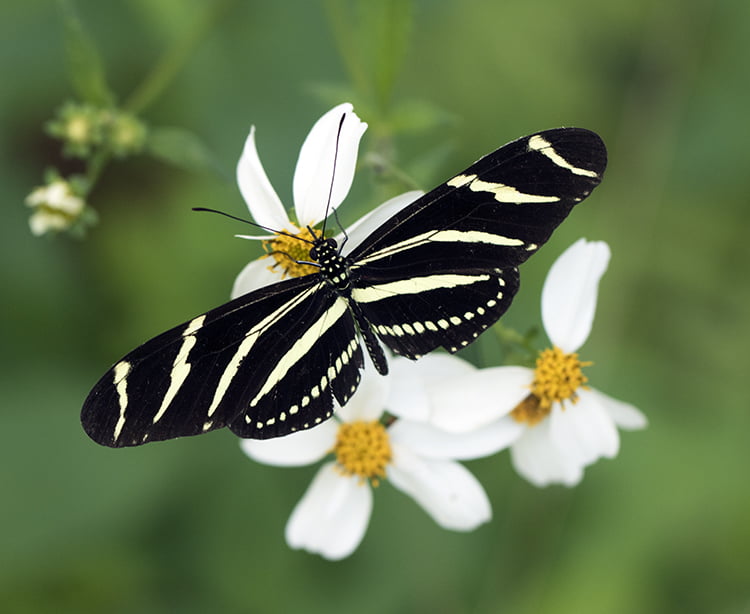
125 Florida-Native Butterfly Needle Seeds (Bidens alba)
Embrace the full potential of your garden with 125 Florida-Native Butterfly Needle Seeds (Bidens alba). Don’t Judge, Just Grow—and watch as your garden comes alive with the vibrant activity of butterflies, birds, and more!
Applications of Pollinator Density
For Gardeners: Knowing the Pollinator Density of different plants can help you choose species that will best support local pollinators. For instance, plants like Bidens alba, with their high Pollinator Density, can create a haven for butterflies, bees, and other beneficial insects.
For Conservationists: Pollinator Density can be used to identify key plant species that are crucial for sustaining pollinator populations. By focusing conservation efforts on these high-density plants, we can more effectively protect and restore pollinator habitats.
For Researchers: Pollinator Density offers a new metric for studying plant-pollinator interactions. It can complement existing methods by providing a more nuanced understanding of how different plants contribute to the overall health of pollinator communities.
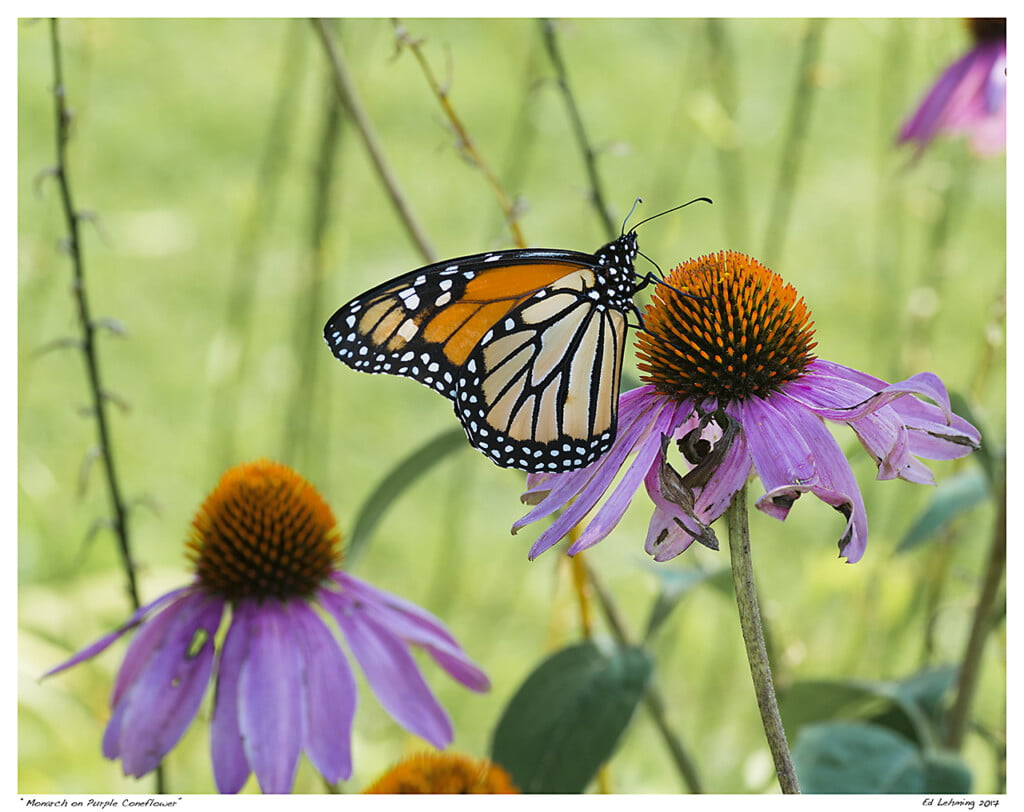
Organic Purple Coneflower Seeds (Echinacea purpurea) for North America
Purple Coneflower Seeds (Echinacea purpurea) harvested 2023 for all of North America. Certified Organic by MOFGA. USDA Zones 3-9. More than 50 seeds.
Conclusion
Pollinator Density is a powerful concept that can help us better understand and support the vital relationships between plants and pollinators. Whether you’re a gardener looking to attract more butterflies to your yard, a conservationist working to protect endangered species, or a researcher studying ecosystem dynamics, Pollinator Density provides a valuable tool for your work. By adopting this concept, we can all contribute to the health and vitality of our natural world, ensuring that pollinators—and the plants they support—continue to thrive… one day at a time!
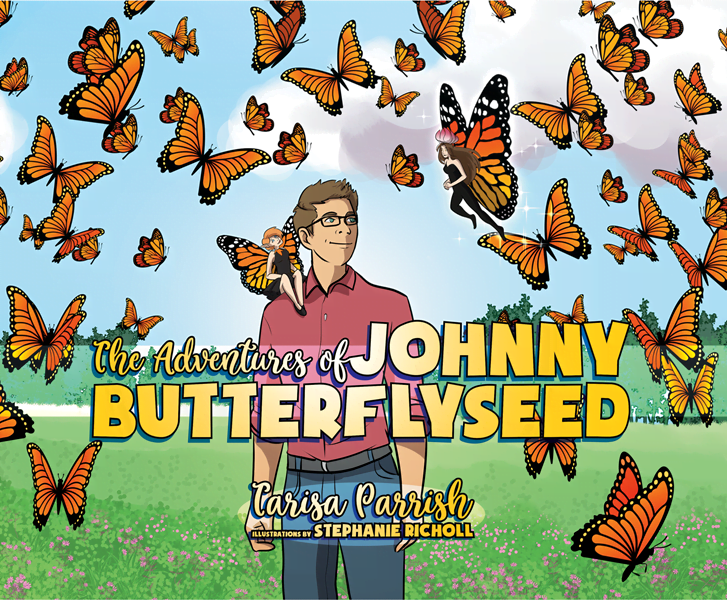
The Adventures of Johnny Butterflyseed – Author Signed First Edition Children’s Book
Save the monarchs!
Johnny Butterflyseed and his fairy friend, Raven Silverwing, embark on a mission to save the rapidly disappearing butterflies. They enlist the help of Queen Venus Goldwing and her kingdom of monarchs to educate and inspire kids to become butterfly farmers. At first, Johnny faces his own internal struggle with self-doubt and fear in his ability to make a difference, but then soon develops a mindset that allows him to not only get started, but also make progress one day at a time. Through challenge after challenge, Johnny learns that he is not alone in his mission and that there are many people who want to help. Together, Johnny, Raven, and Queen Venus educate thousands of children on becoming butterfly farmers.
